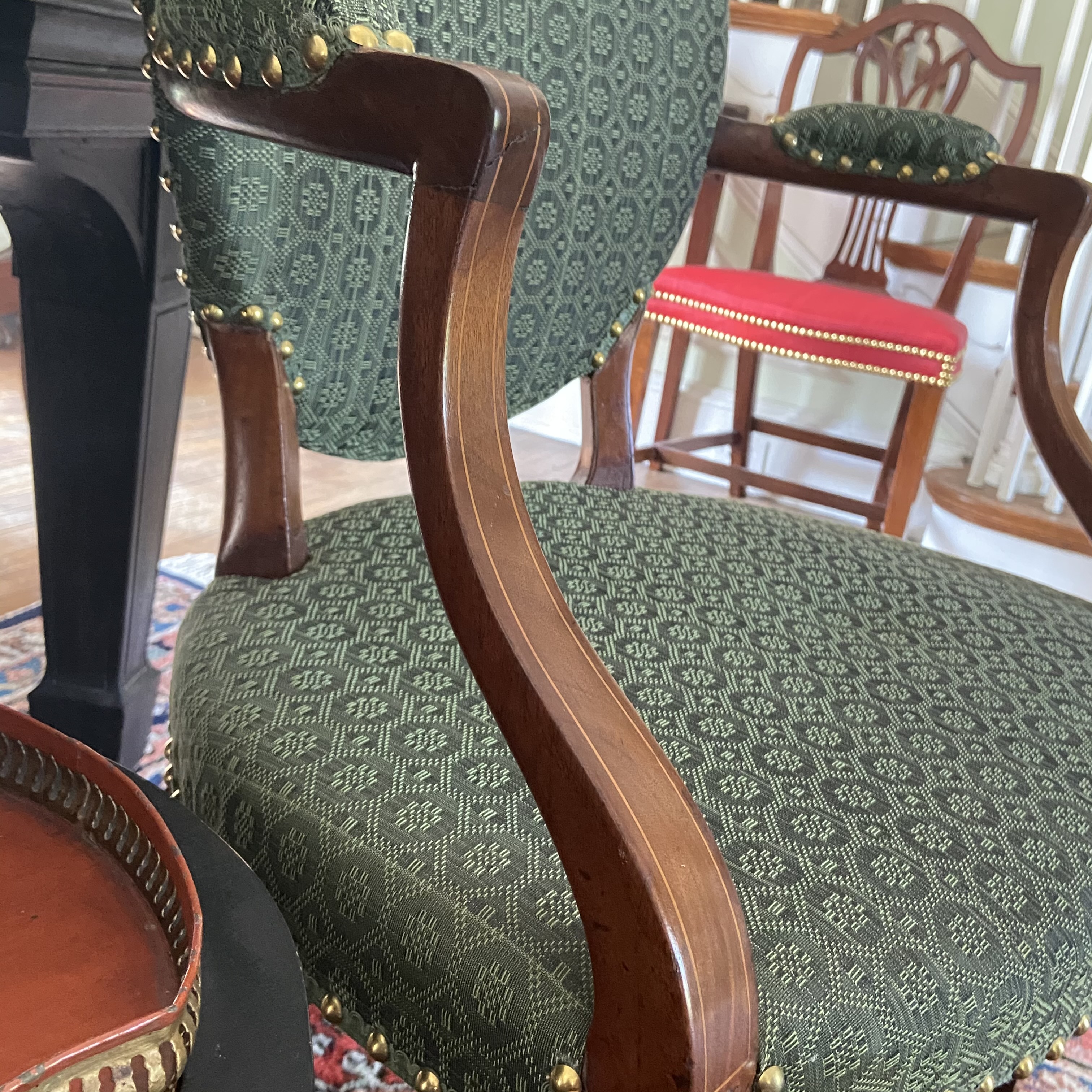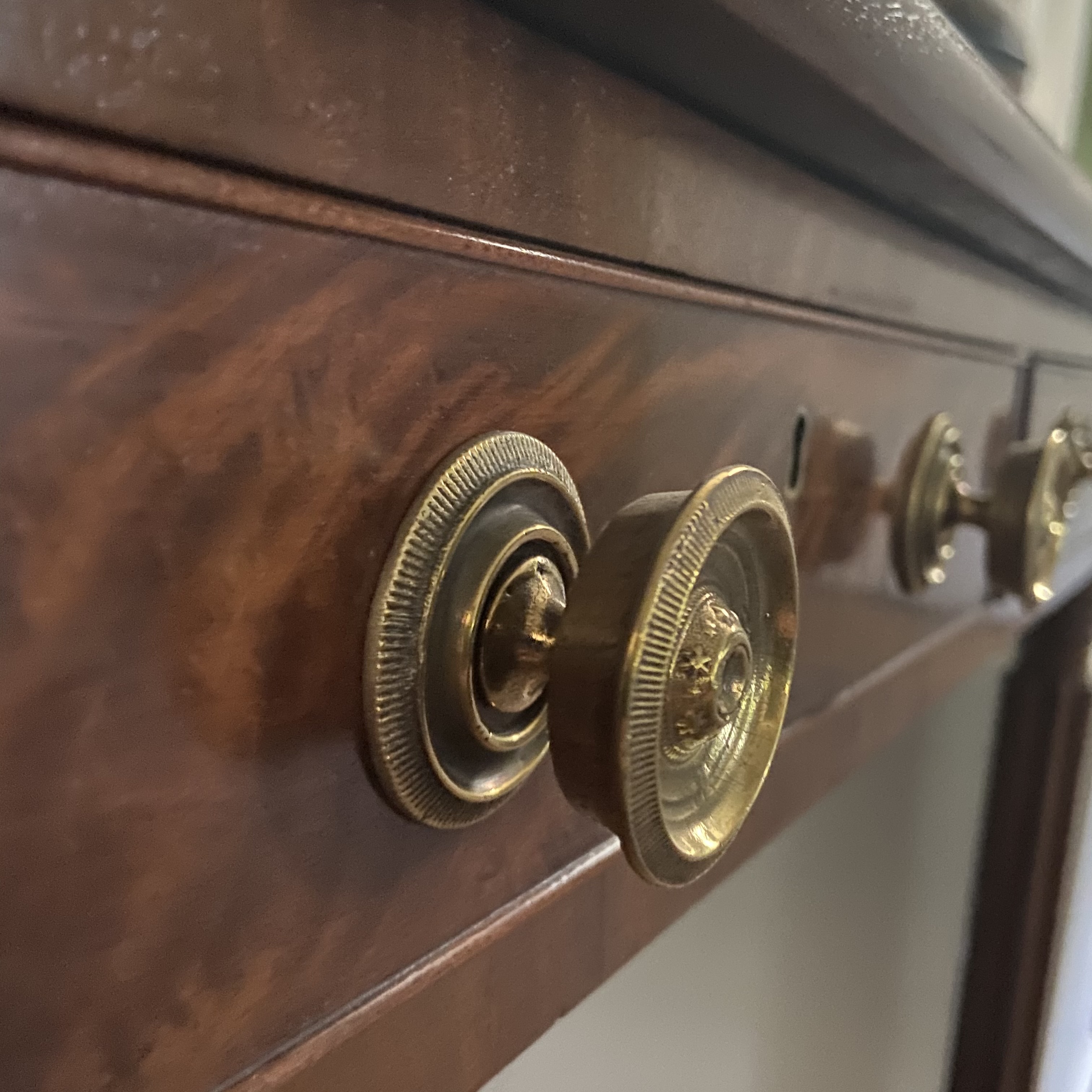
A typical appraisal would involve an initial site visit where we inspect, document, and take a digital image of each subject property. We then return to the office where the actual document is composed. Items are researched, comparables considered, and values assigned. The use of comparables is inherent to the process of evaluating even the lowest valued item. Generally, we include a cross sample of comparables published in the appraisal itself, especially for rarer and/or higher value items. A hard copy will be provided along with a digital PDF of the final document as well as a spreadsheet of the total total inventory along with FMV or RVC amounts.
There are essentially two types of personal property appraisals,
Fair Market Value (FMV) and Replacement Value-Comparables (RVC) explained in further detail below.
A Fair Market Value appraisal is for estate, donation, or equitable distribution purposes typically. FMV should not be used for insurance purposes. The value of an item may be based on three factors: the cost of reproducing it, the potential income of an item, and the market costs of like items. This appraisal’s value is determined by using the market comparison approach to valuation. Fair Market Value reflects the price at which a property would change hands between a willing buyer and a willing seller, neither being under any compulsion to buy or sell, and both having reasonable knowledge of relevant facts.
A Replacement Value-Comparable estimate is for insurance purposes typically. An RVC estimate reflects the cost of replacing a property with another of similar age, quality, origin, appearance, and condition within a reasonable length of time in an appropriate and relevant market. The value of an item may be based on three factors: the cost of reproducing it, the potential income of an item, and the market costs of like items. This value is determined by using the market comparison approach to valuation. In some cases the most relevant market might be the retail level while in others, especially in the case of a rare and/or especially high quality item, the primary auction market is where an item might be most readily replaced. RVC appraisals should not be used for estate or other tax purposes.

Naylor Antiques has conducted appraisals for numerous individuals, art museums, historic house museums, businesses, and government agencies. Some of our past institutional clients include The Maryland Historical Society, the Baltimore Museum of Art, Homewood Museum, the Star Spangled Banner Flag House, Hammond-Harwood House, First & Franklin Presbyterian Church (Baltimore), the Howard County Historical Society, Morgan State University, Towson University, the University of Maryland at College Park, the Talbot Historical Society, Saint Mary’s Seminary and University, Catholic University, Historic Waverly Mansion, Hampton National Historic Site, and the Maryland State Archives. Complete inventory appraisals have been completed for Mount Clare Museum House, the Mother Seton House, and the Archdiocese of Maryland.